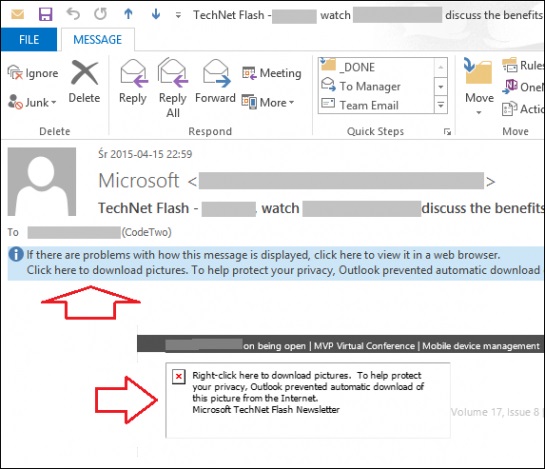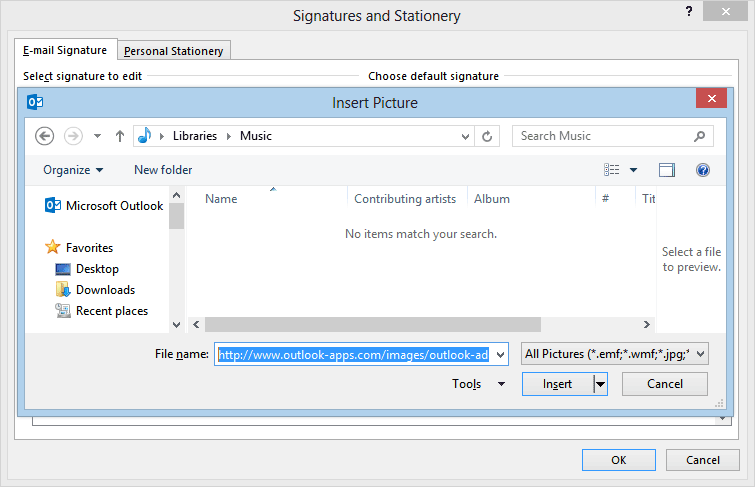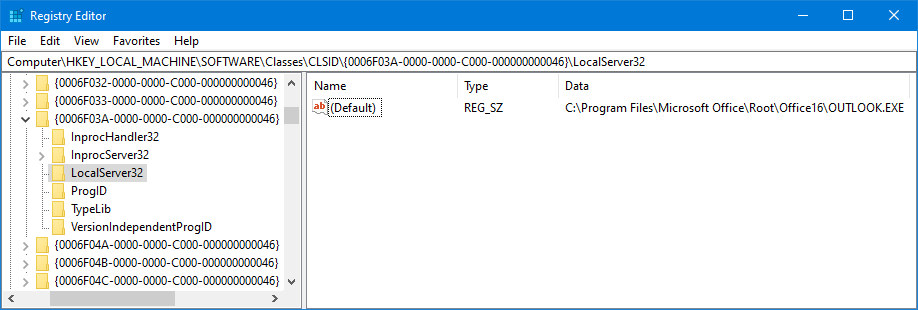
Enter administrator credentials if prompted.

In the Start menu, enter certmgr.msc to open Certificate Manager.UITS recommends that you export certificates to removable media, such as a USB flash drive. If you want to create a backup copy of your client certificate or use it on another computer, you must first export the certificate. If you are unsure whether you have "send as" rights, contact your IT Pro. If your personal account has "send as" rights for the group account, there should be no issues. If the profile you are using in your email client is your personal account and you want to send email from the group account, in your email message, open the "From" field and enter the group account address.If the profile you are using in your email client is the group account, there should be no issues.

Select your certificate file, and then click OK twice.

Click OK to finish importing the certificate. Enter the passphrase ("PIN") that you used to secure the private key, and then click OK.Locate your certificate file and click Open. Click Email Security, and then Import/Export.From the File tab, choose Options, then Trust Center, and then Trust Center Settings. You may not have the option to import the client certificate by right-clicking the file and using the instructions above if you have Symantec Encryption Desktop installed, or if you are using Outlook as a standalone app (that is, not as part of a virtual desktop) in IUanyWare. To complete importing your certificate, click OK. On the "Certificate Store" page, leave the default option Automatically select the certificate store based on the type of certificate.This will allow you to back up or transport your key at a later time.

UITS recommends that you select Mark this key as exportable.


 0 kommentar(er)
0 kommentar(er)
